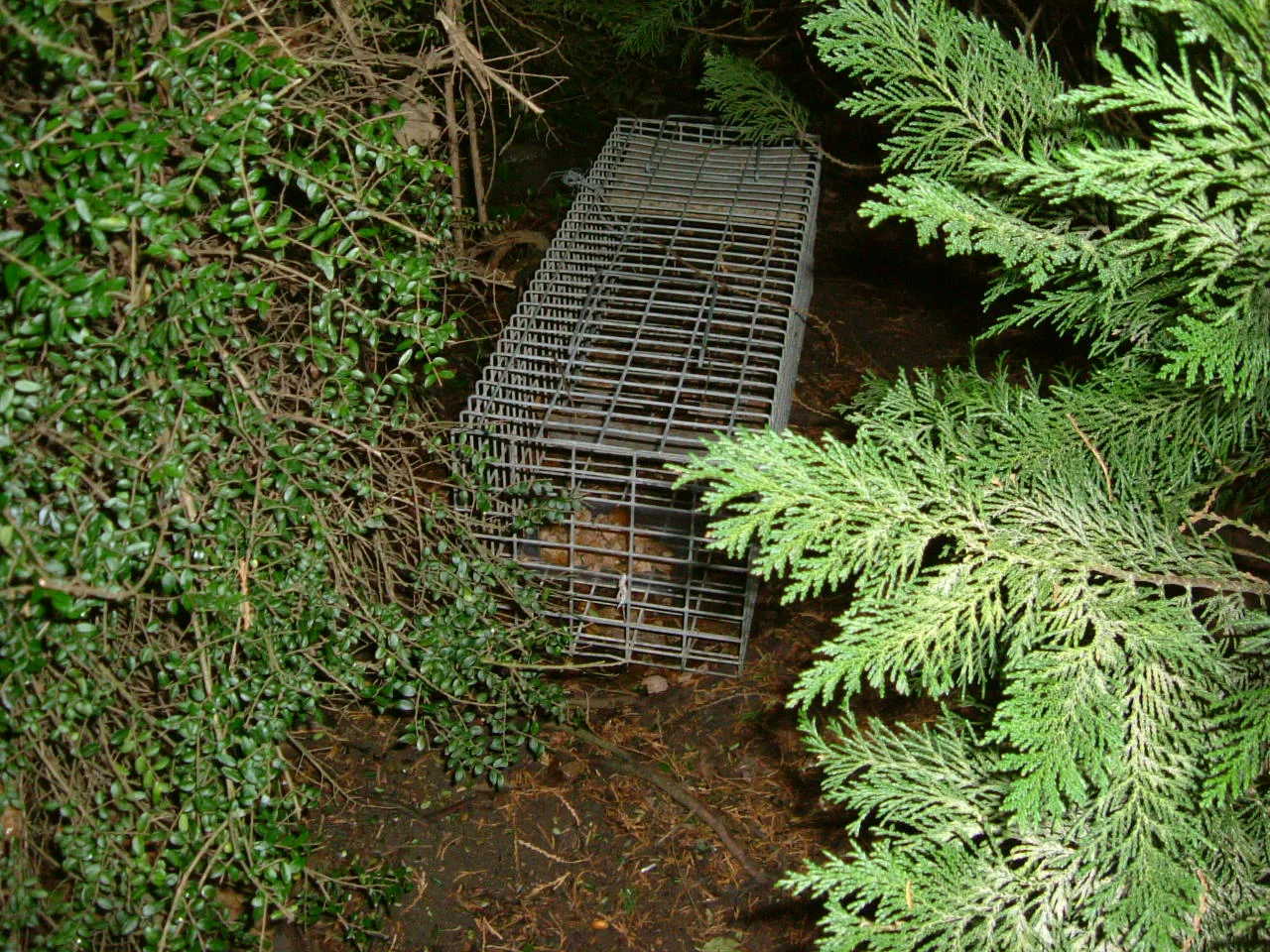WE'VE GOT YOU PROTECTED / 01561340308 / 07878889568 / info@dalgettypestcontrol.co.uk
Foxes
‘As cunning as a fox’
Taking on a villainous role, they are quick to out smart prevention measures, preying on the unsuspecting.
Over the past century these rural animals have become urbanised taking advantage of the boundless supply of discarded food waste.
Scavenging is the most common reason for them being attracted to an area, be it rubbish bags, a chicken coup, bird tables or a compost heap.
It is difficult to exclude a fox, therefore prevention methods centralise around the removal of the food source that is attracting them in the first place. Securing bins and access to outdoor sheds is also advised.
In agricultural settings, it has been debated whether their presence actually helps to manage other pests such as rabbits so it can be more about damage limitation as opposed to eradication.
How do I get rid of my Fox problem?
Typically a nocturnal animal, they can be hard to spot apart from their red eyes.
We recommend the use of live traps, however relocation of a fox is not advised under Government guidelines as the transportation and new environment only stresses the animal. After positioning traps we check on the regularly and well within the 24 hour limit set out by the Wildlife and Countryside Act 1981, following their capture they are destroyed humanly minimising distress to the animal.


